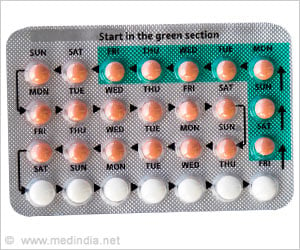A newly identified synthetic drug appears to neutralize pain as effectively as morphine but without the side-effects that make opioids so dangerous and addictive.

‘A newly identified synthetic drug neutralizes pain as effectively as morphine but without the side-effects that make opioids so dangerous and addictive.’





The big-data methods used by the researchers also open up a promising avenue in drug innovation, they reported in the journal Nature. In experiments with mice, the new compound - identified after screening "trillions" of candidates - activated a known molecular pathway in the brain that triggers pain suppression.
But unlike morphine and prescription drugs such as oxycodone or oxycontin, it did not switch on a second pathway that can slow or block normal breathing.
Nor did the new drug - dubbed PZM21 - produce addiction in the lab mice, which get hooked on morphine and pharmaceutical painkillers as easily as humans.
In experiments, the rodents showed no preference between a cubicle in which they had been administered PZM21 or one in which they received a neutral saline solution.
Advertisement
A third advantage of the new compound, they said, is that it does not cause constipation. In the United States, drugs designed to relieve blocked bowels due to opioids are advertised on television.
Most such efforts have tried to tweak the drug's chemical structure to get rid of the side-effects.
Shoichet and colleagues from Stanford University, the University of North Carolina and Friedrich-Alexander University in Bavaria, Germany took a radically different approach.
They focused instead on the so-called opioid receptor in the brain which triggers a chemical reaction leading to pain suppression when activated.
Only a molecule that successfully "docks" with the receptor - like a key turning a lock - would work.
But to avoid addiction and respiratory failure, that same molecule must not, as does morphine, dock with a second receptor that provokes those unwanted reactions.
"With traditional forms of drug discovery, you're locked into a little chemical box," explained Shoichet.
"But when you start with the structure of the receptor you want to target, you can throw all those constraints away."
Using computer simulations, the researchers tested three million commercially available compounds - and a million possible configurations for each one - to see which would fit best with the receptor.
In the lab, combing through trillions of options would have been prohibitively expensive and time-consuming.
Some 2,500 molecules passed muster.
After eliminating those resembling opioids too closely, only 23 remained.
And only one of these, further analysis showed, activated the "good" molecular pathway without triggering the "bad" one. Even then, more custom-engineering was required.
"There is little doubt that structure-based computational screening will accelerate the pace of drug discovery," Brigitte Kieffer, a professor at McGill University's department of psychiatry commented in Nature.
The new research, she added, was "a step toward the perfect drug."
PZM21 still has many hurdles to overcome before showing up in pharmacies.
It must be proven safe for humans, and effective in clinical trials - a process that typically takes up to a decade.
Future research will also need to determine whether mice - or people - develop a tolerance to the drug, causing it to lose its painkilling potency over time.
Source-AFP











